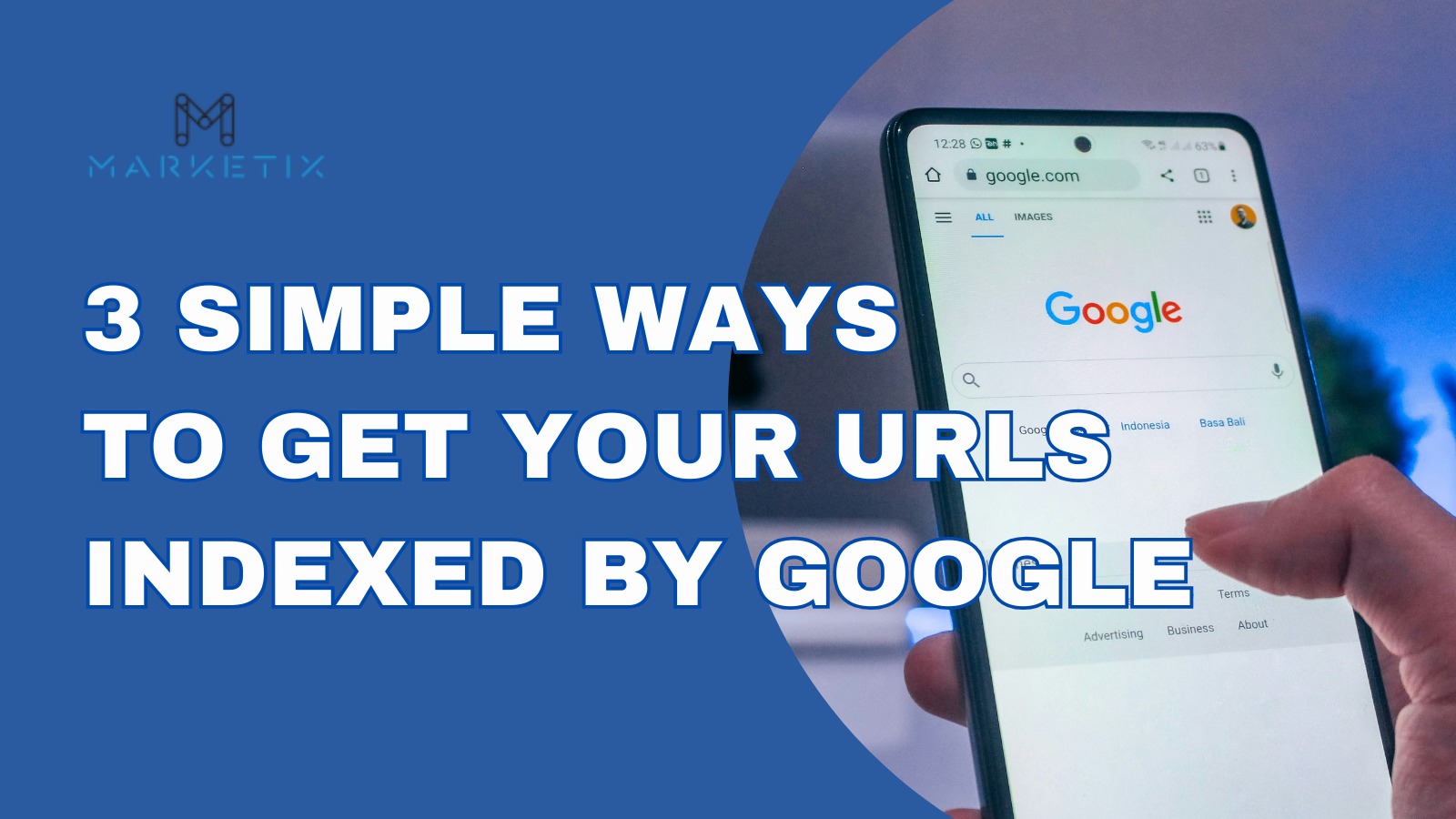- Home
- > The Marketix Blog
- > SEO
Localising SEO: A Strategy Guide for Multi-Location Businesses
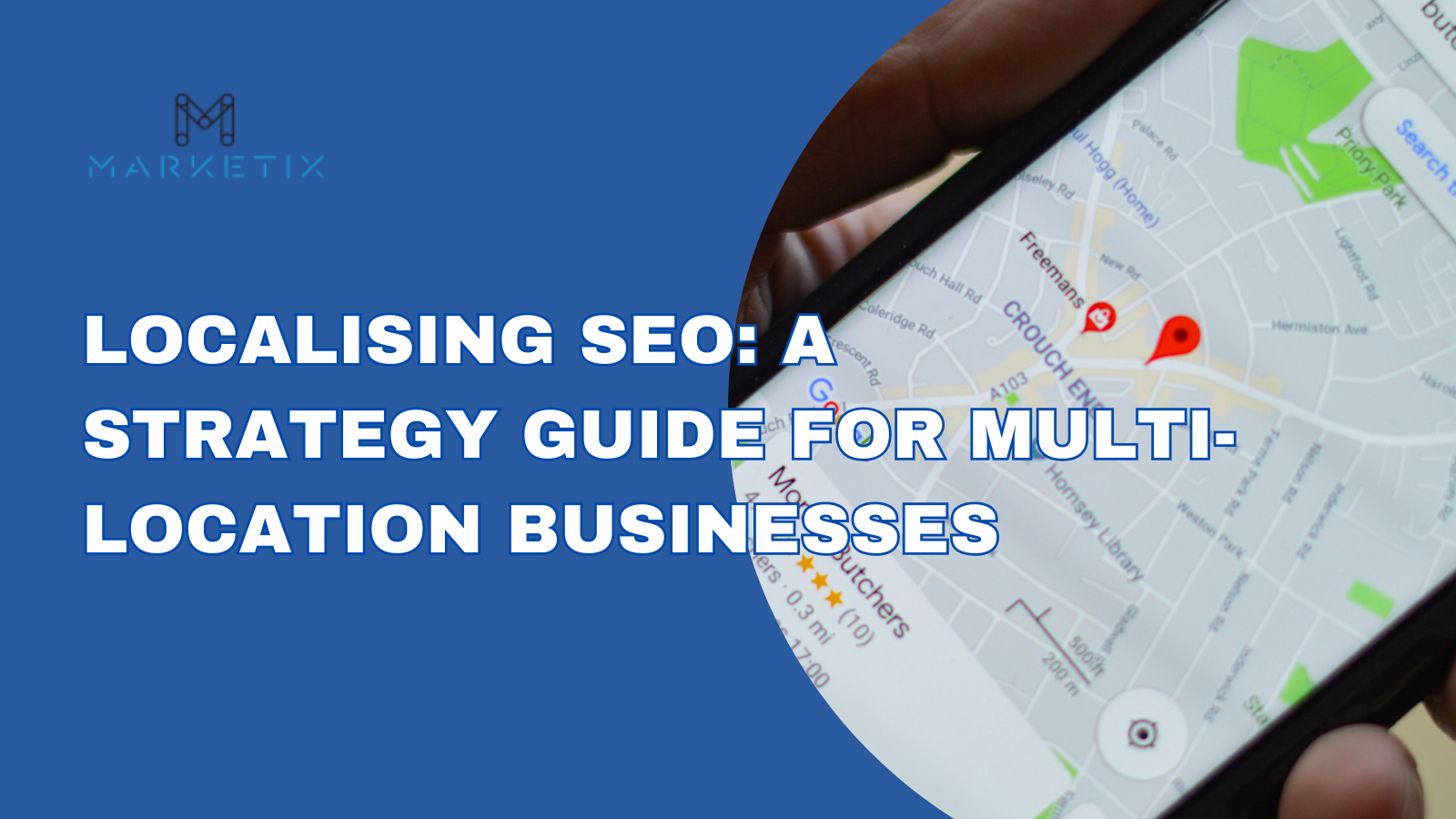
Expanding a business to multiple locations is a major milestone. It offers growth, increased brand presence, and access to new markets. However, it also presents a unique challenge: ensuring each location is easily found by its local audience. This is where a strong local SEO strategy comes in.
Many businesses overlook the importance of localising their SEO efforts, assuming that one-size-fits-all solutions will suffice. But the reality is different. Each location has its own audience, competitors, and search behaviour. To truly thrive, businesses must tailor their SEO strategy to each specific area, ensuring they connect with local customers effectively.
Let’s explore the essential steps to localising your SEO strategy, focusing on practical, actionable methods that deliver results for each of your business locations.
Google Business Profiles for Each Location
Google Business Profiles are essential for local SEO. They allow each of your locations to appear in local search results and on Google Maps. A well-optimised profile ensures that customers can find your business quickly, see accurate details, and even read reviews from others in their area.
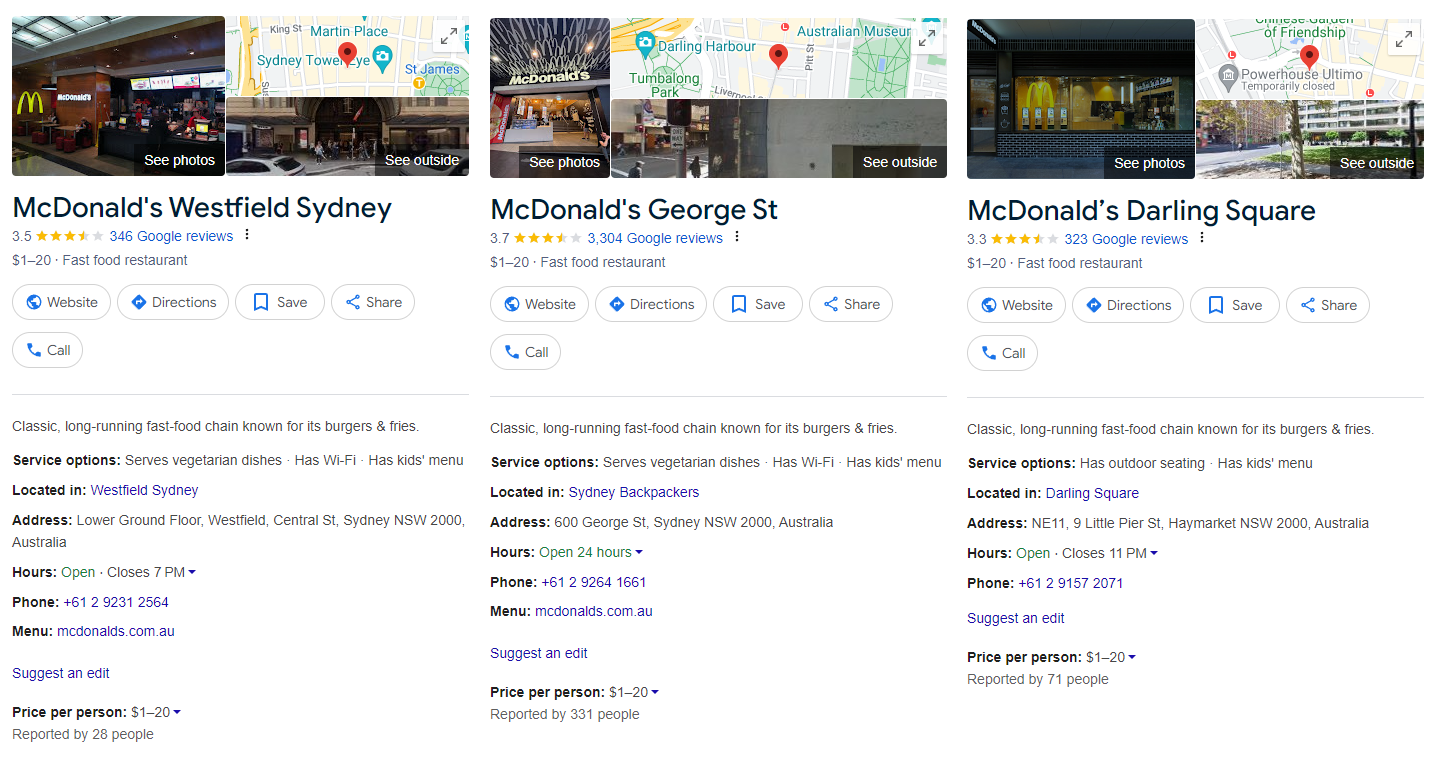
Each location needs its own Google Business Profile. This is crucial because it allows you to target customers specifically in that area. When someone searches for a service near them, your business can show up in the local pack—a prime spot on Google’s search results page.
Setting up these profiles is straightforward. Start by creating a Google account if you don’t have one. Then, claim or create a new business profile for each location. Make sure every detail is accurate, from the business name to the operating hours. Inconsistent information can confuse customers and hurt your search rankings.
Optimisation is key. Use relevant keywords in the business description, and select the most accurate categories for your services. Upload high-quality photos that showcase each location. Encourage satisfied customers to leave positive reviews. Reviews play a significant role in building trust and improving your local ranking.
Managing multiple profiles can be challenging. It’s important to regularly update them with any changes, like new hours or services.
Google My Business offers tools to manage multiple locations from a single dashboard, simplifying this task. Ensure that each profile remains active and engaging, responding to customer inquiries promptly.
Properly set up and maintained, Google Business Profiles can significantly boost your visibility in local searches, helping each of your locations attract more customers and grow their presence in the community.
Create Unique Web Pages for Each Location
Creating unique web pages for each location is a critical step in local SEO. These pages allow you to target specific areas with tailored content, making it easier for local customers to find your business. A generic approach won’t work.
Each location needs its own dedicated page to address the needs and interests of that specific area.
Start with the basics: the title tag. Use location-based keywords in the title tag to make it clear where the business is located. For example, if you have a store in Sydney, the title tag should include “Sydney.”
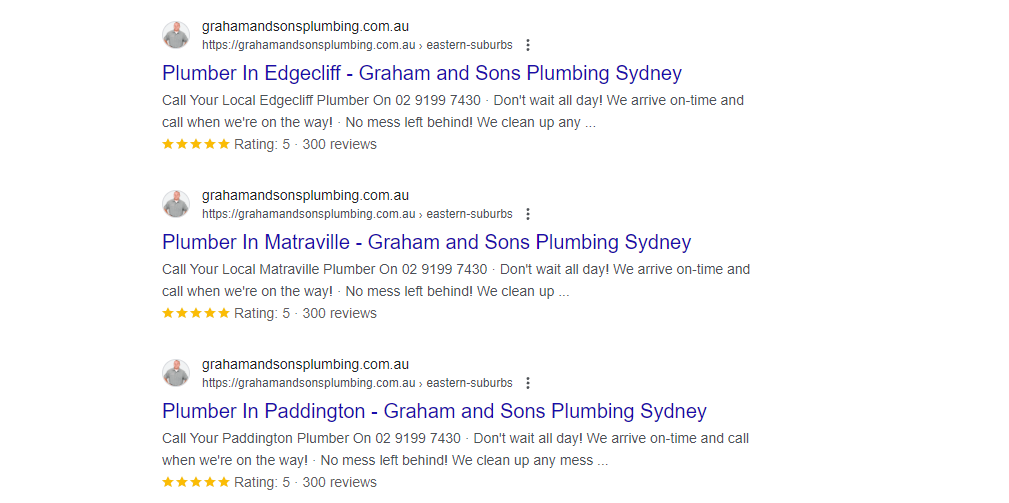
This simple step helps search engines understand the geographic focus of your page, which can improve your rankings in local searches.
Content is just as important. The text on each location page should speak directly to the local audience. Mention the location throughout the content, not just in the title. Include details that matter to local customers, such as nearby landmarks, local events, or community involvement. The goal is to make each page feel relevant and useful to someone searching for your services in that specific area.
Adding local testimonials and case studies can also boost credibility. People trust businesses that have a proven track record in their area.
If you’ve served customers in the location before, highlight their experiences. This not only builds trust but also strengthens your local SEO efforts.
Don’t forget about the structure of your website. Organise your location pages in a way that’s easy for users to navigate. A clear structure also helps search engines crawl and index your pages effectively. Interlink these pages with other relevant parts of your site to create a cohesive user journey.
A well-optimised location page does more than just rank well in search engines. It connects with local customers on a personal level, showing them that your business understands and caters to their specific needs. This connection can be the difference between a casual visitor and a loyal customer.
Build A Business Citation Listing for Each Location
Business citations are a key element in local SEO. They help search engines verify your business's presence in a specific area. A business citation includes your company’s name, address, and phone number (NAP) on various online directories and platforms.
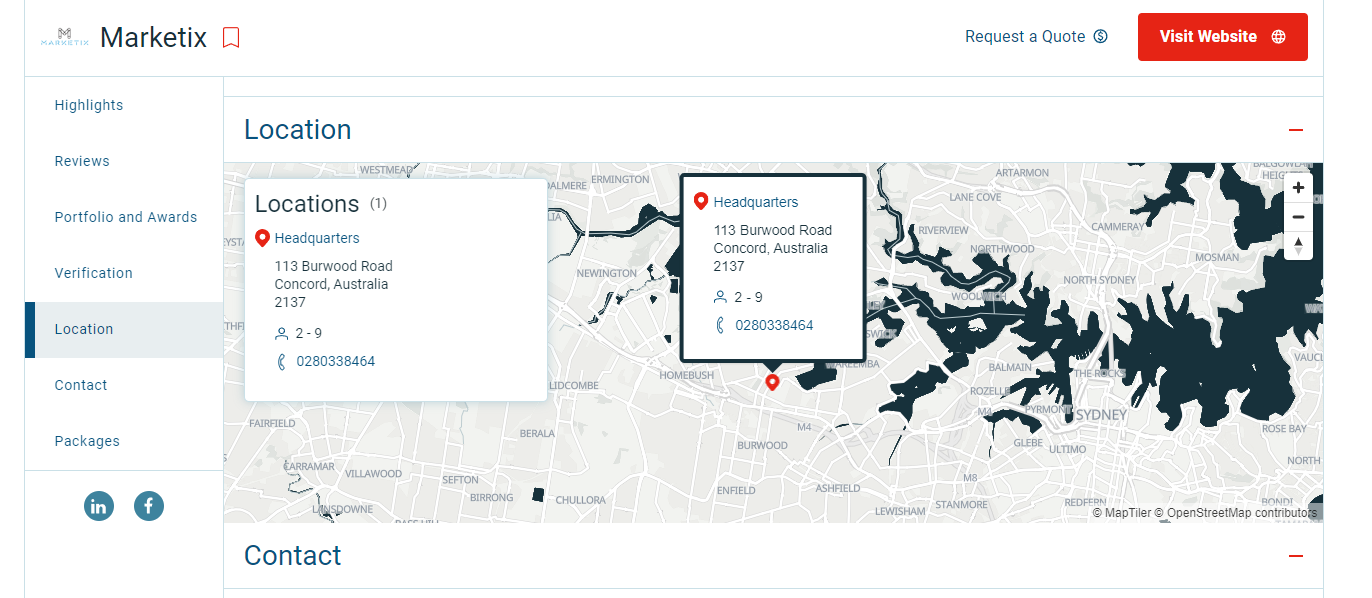
These citations are crucial for improving local search rankings.
Each location should have its own citation listing. It’s not enough to list your business once; you need to ensure that every location is represented accurately across all platforms. This boosts the chances of each location appearing in local search results and builds trust with search engines.
Consistency is vital. Make sure that the NAP information is identical across all listings. Any discrepancies, like different phone numbers or slightly altered addresses, can confuse search engines and lower your rankings. Accurate and consistent citations strengthen your local SEO.
Start with the major directories, such as Google My Business, Yelp, and Bing Places. Then, move on to industry-specific directories relevant to your business. Listing your business in local online newspapers, blogs, and community websites can also be beneficial. Each listing adds authority and visibility to your location.
Regularly monitor and update your citations. Information can change over time, such as phone numbers or business hours. Keeping your listings current ensures that customers always have the right information and prevents any negative impact on your SEO. There are tools available that can help you track and manage citations across multiple platforms efficiently.
A well-managed business citation strategy ensures that each of your locations is visible, accessible, and trusted by both search engines and potential customers. It’s a foundational step in building a strong local SEO presence for every area you serve.
Location-Based Anchor Text on Backlinks and Internal Links
Anchor text plays a crucial role in SEO, and when it comes to multi-location businesses, using location-based anchor text can significantly improve your local search rankings. Anchor text is the clickable text in a hyperlink, and when it's optimised with location-specific keywords, it helps search engines understand the geographical relevance of your content.

Start with backlinks. When other websites link to your site, the anchor text they use should ideally include your target location. For example, if your business is located in Melbourne, the anchor text could be “Melbourne plumbing services.” This tells search engines that your site is relevant to searches related to plumbing in Melbourne, boosting your chances of ranking higher in local results.
Internal links are equally important. Within your own website, use location-based anchor text to link between relevant pages. For instance, if you mention your Sydney office on another page, link to the Sydney location page using anchor text like “our Sydney office.” This not only improves navigation for users but also reinforces the local relevance of your content to search engines.

It’s essential to vary your anchor text. Don’t use the exact same phrase every time. Mix it up with variations that still include the location. This approach looks more natural and helps avoid over-optimisation, which can be penalised by search engines.
Ensure your anchor text is concise and descriptive. It should give both users and search engines a clear idea of what the linked page is about. Avoid using generic phrases like “click here” or “learn more.” Instead, make every link an opportunity to strengthen your local SEO strategy.
By carefully choosing location-based anchor text for both backlinks and internal links, you can enhance your website’s visibility in local search results. This approach not only supports your SEO efforts but also creates a more user-friendly experience for visitors trying to find location-specific information on your site.
Need Help with Local SEO?
Local SEO can be complex, especially when managing multiple locations. At Marketix Digital, we've successfully helped businesses navigate these challenges. If you're looking to improve your local search presence, let our expertise guide you.
Contact Marketix Digital today to ensure each of your locations stands out and attracts the right customers.
Recent Posts
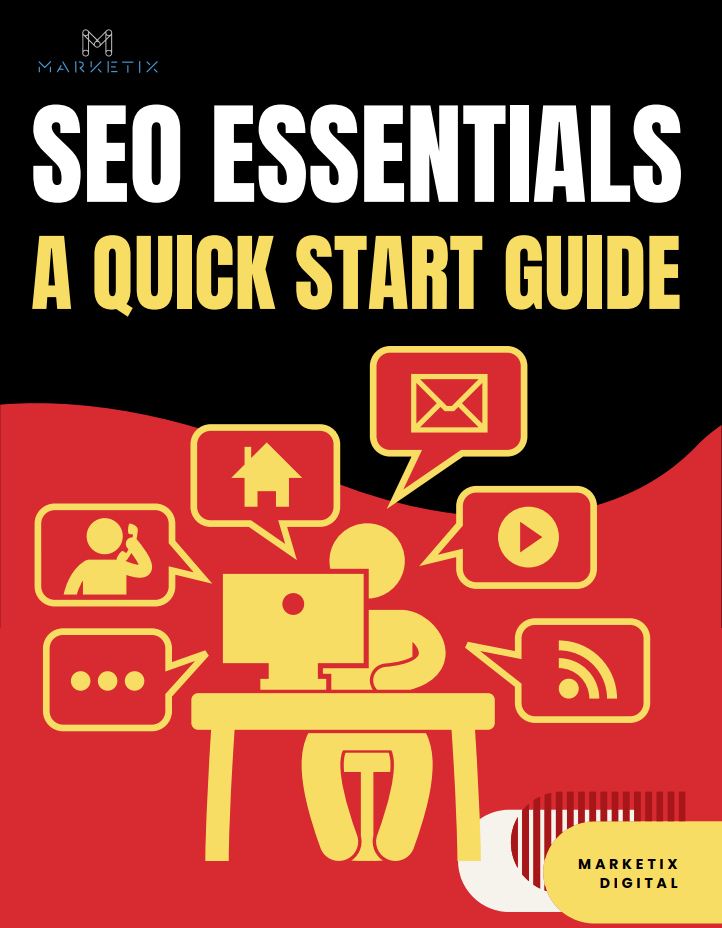
Free Download SEO Book
Download our 24-page SEO book to learn:
- How SEO Really Works
- How to Rank #1
- Content & SEO
- Choosing an SEO Agency
Thank you!
You have successfully joined our subscriber list.
Recent Posts



